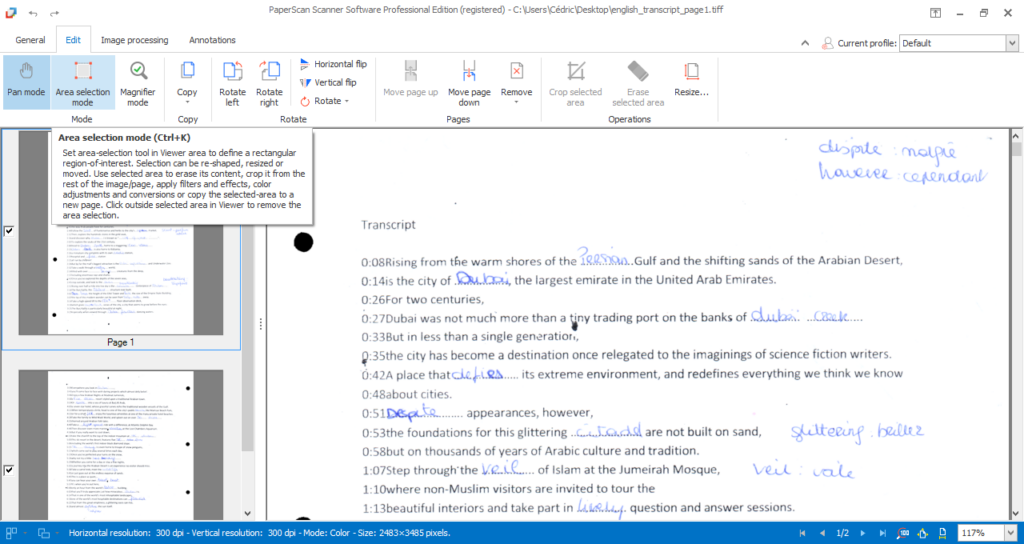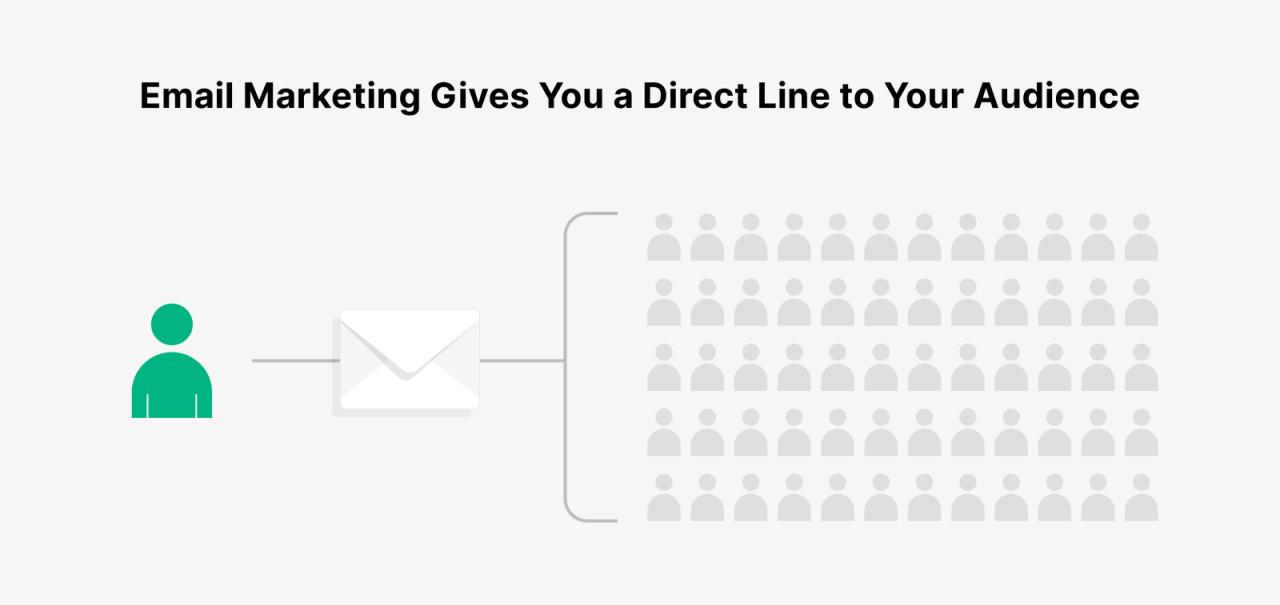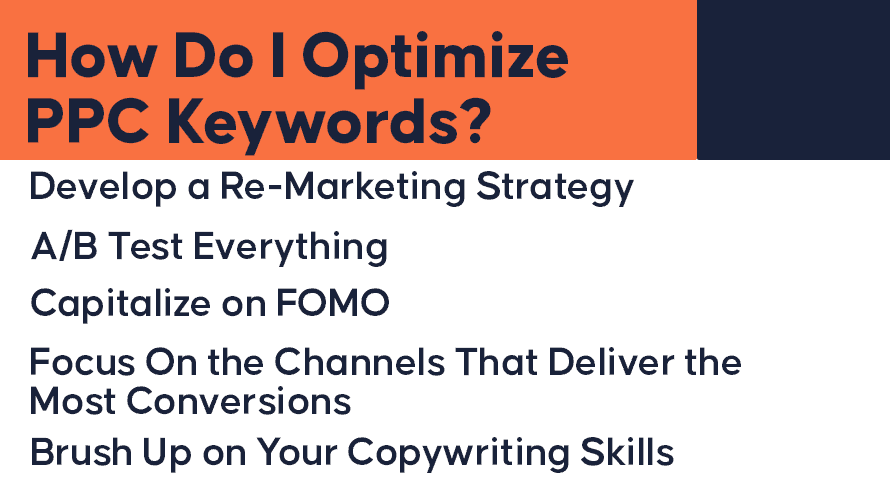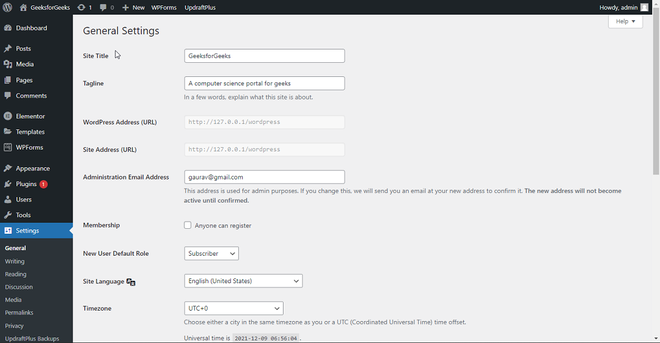Another element of organic SEO that’s just as important as your web-site content is the links on your pages. Links can be incoming, outgoing, or internal. And where those links lead or come from is as important as the context in which the links are provided.
When links first became a criteria by which crawlers ranked web sites, many black-hat SEO users rushed to create link farms. These were pages full of nothing but web links, some of which led to relevant information and some of which led to sites in no way related to the topic of the web site. It didn’t take long for search engine designers and programmers to catch on to these shady practices and change the way that crawlers use links to rank sites.
Today, links must usually be related to the content of the page, and they must link to something relevant to that content. In other words, if your links don’t go to or lead in from pages that match the keywords that you’re using, they will be of little value to you.
The balance of links that are included on your page is also relevant. Too many links and your site could be labeled as a link farm. Too few and you’ll lose out to sites that have more and better-targeted links.
Your best option when including links on your web site is to link to the pages you know for sure are relevant to your site content. Don’t include a link unless you’re sure it will have value to your users, and then take the time to pursue links into your site from them as well.
One other type of link, the internal link, is also important. This is a navigational link that leads users from one page to another on your site. The navigation of your site (which is what these links are, essentially) should be intuitive, and natural in progression. And you should also include a site map.
Your site map not only makes it easier for crawlers to index every page of your site, but it also makes it easier for users to find their way around in it. Ideally, users will never have to rely on the site map; however, it’s nice for it to be there in the event that they either need it or simply want to click directly to the page they’re seeking.
How you design your site map is a matter of preference. Some organizations create site maps that only include the top two levels of pages. Others include ones that go three levels down or deeper. Whatever level of depth you think will be required by the majority of users is how deep your site map should go. One thing to keep in mind, however, is that site maps can become just as over- whelming as any other navigational structure if there are hundreds of pages in your site.
Design your site map so it’s easy to decipher and will take users to the pages they are seeking with- out difficulty and confusion.
Search
Popular on Blogar
2024 Codecademy Premium Account Cookies
- May 08,2024
- 292 Views
2024 Grammarly Premium Account Cookies
- May 08,2024
- 242 Views
2024 Canva Pro Free Team Invite Link And Cookies
- May 08,2024
- 372 Views
Perplexity AI Premium Cookies 2024
- Apr 17,2024
- 403 Views
2024 Udemy Premium Account Cookies
- Apr 15,2024
- 236 Views
2024 ChatGPT 4 Premium Account Free Cookies
- Apr 12,2024
- 467 Views
ORPALIS PaperScan Professional Edition 4.0.10 Cracked
- Mar 29,2024
- 330 Views
Email Marketing-What Is Email Marketing?
- Oct 28,2022
- 471 Views
Content Marketing-What is Content Marketing
- Oct 27,2022
- 699 Views
Social Media Marketing-Social Media Marketing (SMM)
- Oct 27,2022
- 612 Views
Pay-Per-Click-What is PPC
- Oct 27,2022
- 667 Views
February 2-2024-X50 Disney+ Premium Accounts
- Feb 02,2024
- 93 Views
How to Transfer Files Using Remote Desktop?
- Apr 27,2024
- 90 Views
WordPress Tutorial-How to Install WordPress on Your Website ?
- Nov 15,2023
- 83 Views
January 16-2024-X80 Disney+ Premium Accounts
- Jan 16,2024
- 82 Views
Pay Per Click-How Do I Optimize PPC Keywords?
- Feb 29,2024
- 81 Views
December 11-X4 Disney+ Premium Accounts
- Dec 11,2023
- 81 Views
WordPress Tutorial-WordPress General Setting
- Nov 15,2023
- 78 Views
Recent Post
2024 Codecademy Premium Account Cookies
- May 8th 2024
- 292 Views
2024 Grammarly Premium Account Cookies
- May 8th 2024
- 242 Views
2024 Canva Pro Free Team Invite Link And Cookies
- May 8th 2024
- 372 Views
Perplexity AI Premium Cookies 2024
- April 17th 2024
- 403 Views
2024 Udemy Premium Account Cookies
- April 15th 2024
- 236 Views
2024 ChatGPT 4 Premium Account Free Cookies
- April 12th 2024
- 467 Views
ORPALIS PaperScan Professional Edition 4.0.10 Cracked
- March 29th 2024
- 330 Views
Email Marketing-What Is Email Marketing?
- October 28th 2022
- 471 Views
Content Marketing-What is Content Marketing
- October 27th 2022
- 699 Views
Social Media Marketing-Social Media Marketing (SMM)
- October 27th 2022
- 612 Views
Pay-Per-Click-What is PPC
- October 27th 2022
- 667 Views
2024 Prime Video Premium Account Cookies
- May 8th 2024
- 135 Views
Copyright © 2024 BBBBF All Rights Reserved.
















